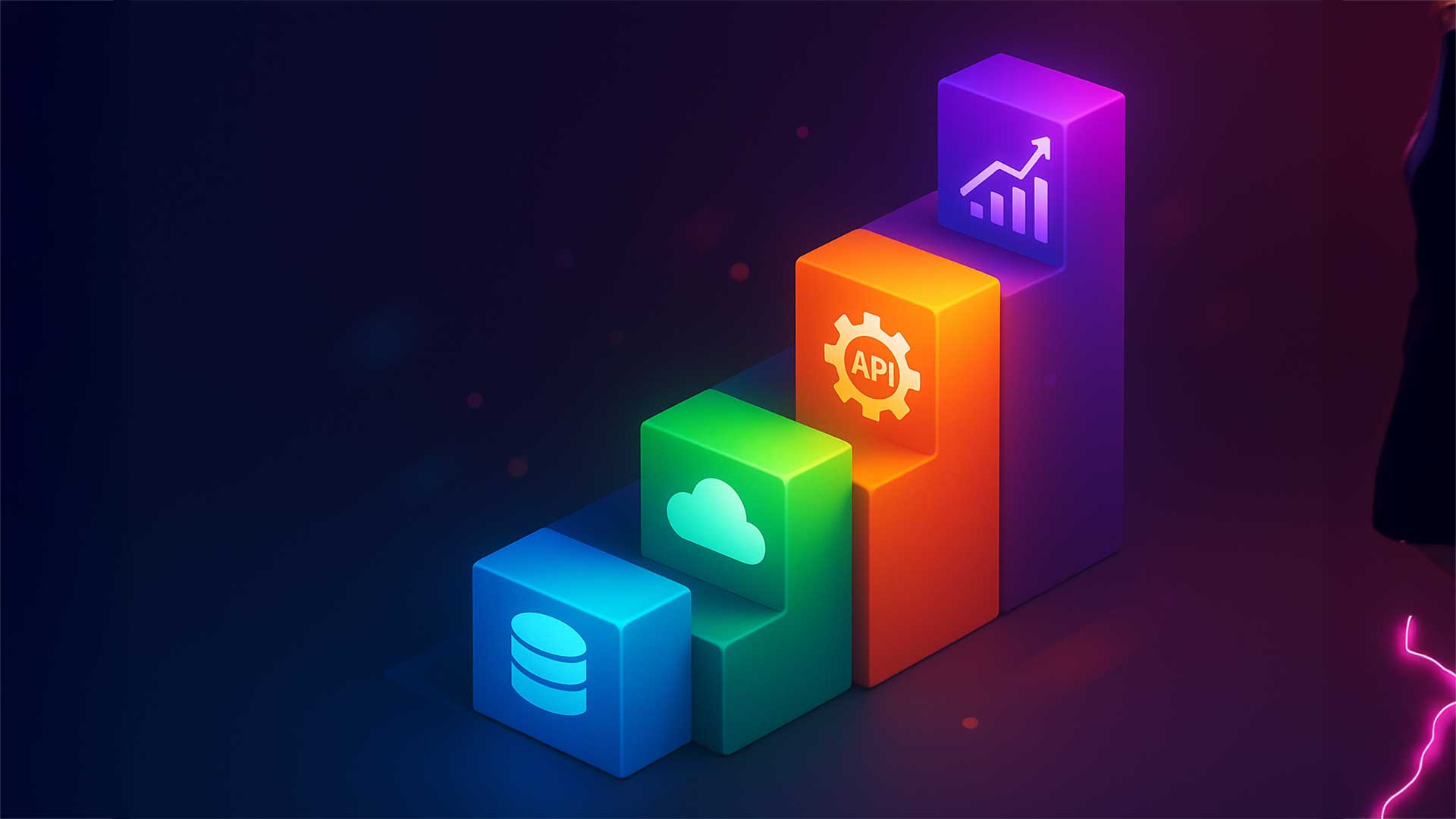
Scalable Software Solutions: Building for Growth from Day One
October 1, 2025 - 6 min readScalable Software Solutions: Building for Growth from Day One
In the startup world, it’s common to hear "just get it working" in early development phases. While speed is critical, overlooking scalability in the name of quick delivery often leads to rebuilding, performance issues, and missed opportunities later.
Scalable software solutions don’t just support current needs—they anticipate future growth. Whether it’s a spike in users, expansion to new markets, or feature scaling, building for scale from day one ensures long-term sustainability without architectural bottlenecks.
Let’s explore how scalable software is engineered and why it’s essential to your product strategy.
1. What Does It Mean for Software to Be Scalable?
Scalable software is designed to handle increased load, complexity, or functionality without requiring a complete rework. This applies to:
- User base growth (e.g., from 100 users to 100,000)
- Feature expansion (e.g., adding payment integrations or analytics)
- Multi-region deployment (e.g., serving users in multiple time zones)
It involves not just backend infrastructure, but also frontend flexibility, database efficiency, API versioning, and DevOps readiness.
2. Foundational Principles of Scalable Software
To build scalable software from the start, consider these core principles:
- Modular Architecture: Break code into independent, reusable services or components
- Elastic Infrastructure: Use cloud platforms that can auto-scale based on demand
- Stateless Design: Reduce dependency between sessions or services
- Asynchronous Communication: Use message queues and background jobs for non-blocking processes
- Database Sharding & Indexing: Prepare your data layer to grow without slowdowns
These strategies are often neglected in MVPs—but their absence can lead to rebuilds once traction is achieved.
3. Scaling Isn’t Just Technical—It’s Strategic
Choosing scalable technologies and structures is not only a developer decision—it’s a business one. Scalability impacts:
- Customer Experience: Faster loading, fewer errors, smoother onboarding
- Time-to-Market: Adding features without breaking what’s already live
- Operational Cost: Scaling predictably means better budgeting and fewer surprises
- Investor Confidence: Scalable foundations signal engineering maturity
A product that breaks under pressure damages brand trust. A product that scales earns it.
4. Common Pitfalls in Non-Scalable Systems
Startups and fast-moving teams often make the same mistakes:
- Hard-coded values and rigid components
- Over-reliance on manual deployment processes
- Ignoring documentation and testing
- No monitoring or observability tools
These choices might save days in the short term but cost months in the long run. Scalability is not about overengineering—it’s about smart planning.
5. Planning Your Roadmap for Scalability
Scalability is a journey, not a single decision. Incorporate it into your product roadmap with:
- Phase-Based Architecture Evolution: Start light, evolve as demand grows
- Performance Benchmarks & Load Testing: Regularly test system limits
- Scalable DevOps Pipelines: Automate from development to deployment
- Code Review & Refactoring Cycles: Address debt before it grows
Working with experienced software partners, like Momentup, helps you navigate this path with strategic foresight.
Conclusion
Scalability isn’t just a buzzword—it’s a business enabler. Building with scale in mind from day one ensures your product evolves with your users, without breaking under the weight of its own success.
Whether you're launching an MVP or rebuilding legacy systems, embedding scalability into your architecture sets you up for longevity and market leadership.
Don’t just build for today—build for what’s next.
Frequently Asked Questions
What is scalable software?
Software that can handle growth in users, features, and infrastructure without needing a full redesign.
Do I need scalability for an MVP?
Yes—at least in foundational areas like database design and modular code. It prevents expensive rewrites later.
How do I know if my app is scalable?
Signs include modular structure, performance under load, monitoring tools, and ease of adding new features or regions.
Can scalability be added later?
To some extent, yes. But retrofitting is more costly and riskier than building scalability into the early architecture.
Who should care about software scalability?
Product owners, CTOs, developers, and investors—anyone responsible for product performance and growth.